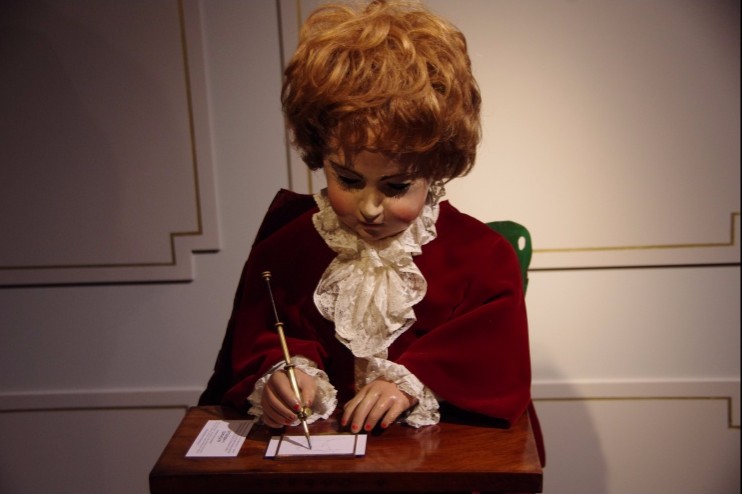Across the world, millions of people use computers as a part of their everyday life. While the digital tools are very much a part of everything we do now, they are a relatively recent invention, coming to power in the blink of an eye. While the history of the computer might not seem to stretch back that far, there is evidence to suggest there might be more going on than we had initially thought. These 18th century dolls might not look like much from the outside but look a little further under their skin and you might be surprised at what you will find.
It all started with Pierre Jaquet-Droz, a watchmaker who was renowned for his intricate skills. Living and working in Switzerland, Jaquet-Droz was put to work by some of the most influential people in the world, looked to as the master of the mechanical industry. While watches and mechanical birds were his forte, Jaquet-Droz soon began to turn his attentions to a different kind of invention.
Moving beyond his origins for the first time, the master craftsman began creating human scenes, filling his ornate clocks with tiny automatons. One of his best loved inventions included a shepherd who both played the flute and told the time. While many told stories of the automaton’s consciousness, they were never proven and for years, people suspected that the robots Jaquet-Droz had created were actually real.
Things were only destined to get more strange, too. Between the years of 1768 and 1774, Jaquet-Droz began crafting much larger dolls that could perform real tasks. Starting with the form of a boy, the inventor produced an automaton that was capable of drawing different images in order to guess where hidden items had been placed. The doll itself was constructed of 6,000 custom made parts and for many, marks the first example of computer-based technology in history.
As Jaquet-Droz went on the create more dolls, they only became more intricate. These dolls, fitted with input-output mechanisms and a programmable memory, are as alike to real computers as anything created up until that point in history. The technology inside the automatons is still so impressive that many academics look to them as a precursor to the digital age we’re currently in.
Unlike many modern inventions, Jaquet-Droz’s dolls needed no external machinery in order to operate. His automatons could write, play games and perform musical pieces, all thanks to their internal machinery. Our search for artificial intelligence perhaps began with Jaquet-Droz and thanks to his early work, we are closer than ever to closing the gap between man and machine.




